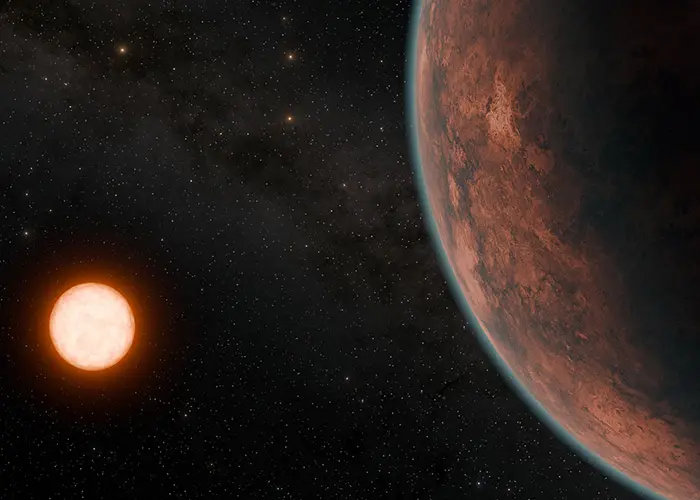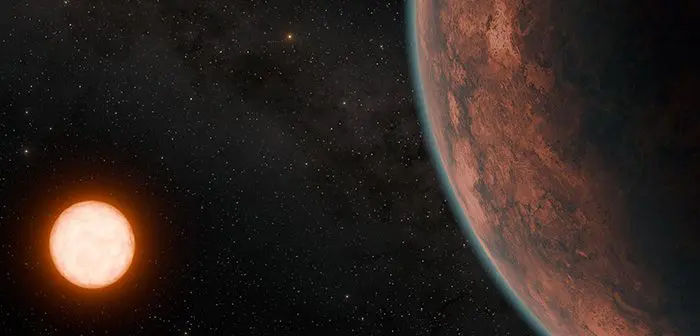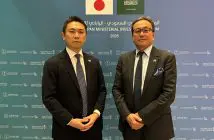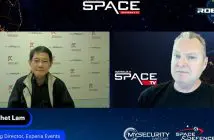
A University of Southern Queensland (UniSQ) student has discovered a new Earth-sized planet. Centre for Astrophysics PhD student Shishir Dholakia made the find while analysing NASA observation data from the Transiting Exoplanet Survey Satellite.
“The moment we looked at this for the first time, it was a eureka moment of, ‘Wow, this could really be something special going on,'” said Dholakia.
Dholakia and the Centre for Astrophysics team needed more data to confirm their discovery. They investigated further using the UniSQ Mt Kent Observatory and the European Space Agency’s CHEOPS satellite.
Dholakia co-led a group with University of Edinburgh PhD student Larissa Palethorpe and collaborated with NASA researchers to confirm that this new planet, now dubbed Gliese 12 b, is Earth-sized and temperate, which could mean it is habitable.
“Gliese 12 b could be at the right temperature for liquid water to pool on its surface, and that’s important because we tend to think liquid water is an essential ingredient for life as we know it,” Dholakia said. “And so, in this great search for life that we’re undertaking, we want to try and find planets that are potentially habitable, and this could be a good contender.”
The planet is only 40 light-years away, which makes it one of the closest potentially habitable planets to Earth. This distance also allows astronomers to point the largest space telescopes in the world at it to better understand it.
Dholakia said Gliese 12 b could also hold answers as to why the so-called twin planets Earth and Venus have such wildly different atmospheres.
“Earth is this haven for life, but Venus is hot enough to melt lead on its surface. The difference between these two planets is largely because Venus has a very hostile atmosphere,” he said. “We think that Gliese 12 b, which is right between Earth and Venus in terms of the amount of light that it gets from its Sun, could bridge the gap between Earth and Venus and help us understand why the two turned out to be so different.”





